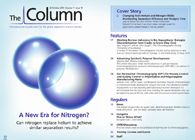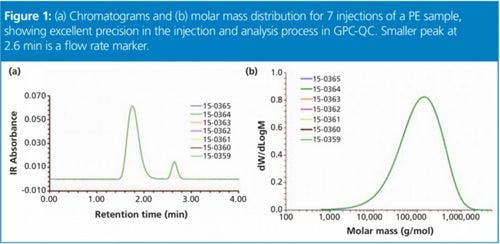Reproducible HILIC Method for Paralytic Shellfish Toxins
A new chromatographic method to detect paralytic shellfish toxins (PSTs) in food has been developed by a team of scientists from the Swedish Research Agency.PSTs pose a threat to seafood and drinking water from natural contamination, but could also be used to deliberately contaminate food, according to the authors.
Photo Credit: 4kodiak/Getty Images

A new chromatographic method to detect paralytic shellfish toxins (PSTs) in food has been developed by a team of scientists from the Swedish Research Agency.
1
PSTs pose a threat to seafood and drinking water from natural contamination, but could also be used to deliberately contaminate food, according to the authors. The technique successfully combined silica and strong cation exchange (SCX) solid-phase extraction (SPE) coupled to hydrophilic interaction liquid chromatography–tandem mass spectrometry (HILIC–MS–MS). The new method produced reproducible retention times and analyzed PSTs in a variety of matrices, including water, milk, orange juice, apple purée, baby food, and blue mussels (Mytilus edulis). A “real-life” toxic mussel sample was analyzed using the new method. Saxitoxin and gonyautoxin-3 were identified, and this result agreed with results obtained using the Lawrence pre-column oxidation high-performance liquid chromatography–fluorescence detection (HPLC–FLD) method. According to the authors the new method maintains the samples’ original toxin profiles and avoids conditions that could degrade or interconvert the PSTs. - A.M. Reference 1. D. Jansson and Crister Åstot, Journal of Chromatography A 1417, 41–48 (2015).

Assessing Thorium-Peptide Interactions Using Hydrophilic Interaction Liquid Chromatography
February 4th 2025Paris-Saclay University scientists used hydrophilic interaction liquid chromatography (HILIC) coupled to electrospray ionization mass spectrometry (ESI-MS) and inductively coupled plasma mass spectrometry (ICP-MS) to assess thorium’s interaction with peptides.

.png&w=3840&q=75)

.png&w=3840&q=75)



.png&w=3840&q=75)



.png&w=3840&q=75)






